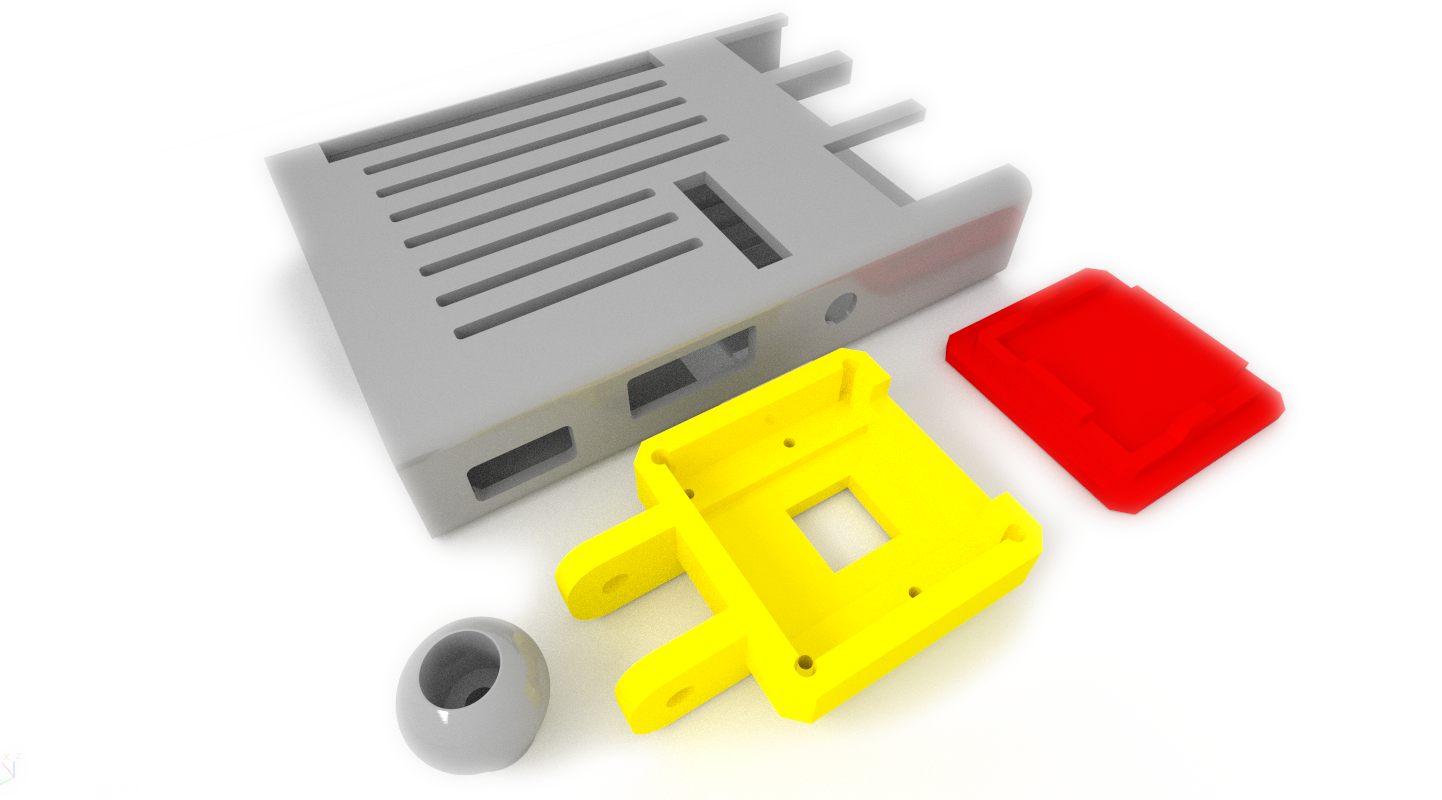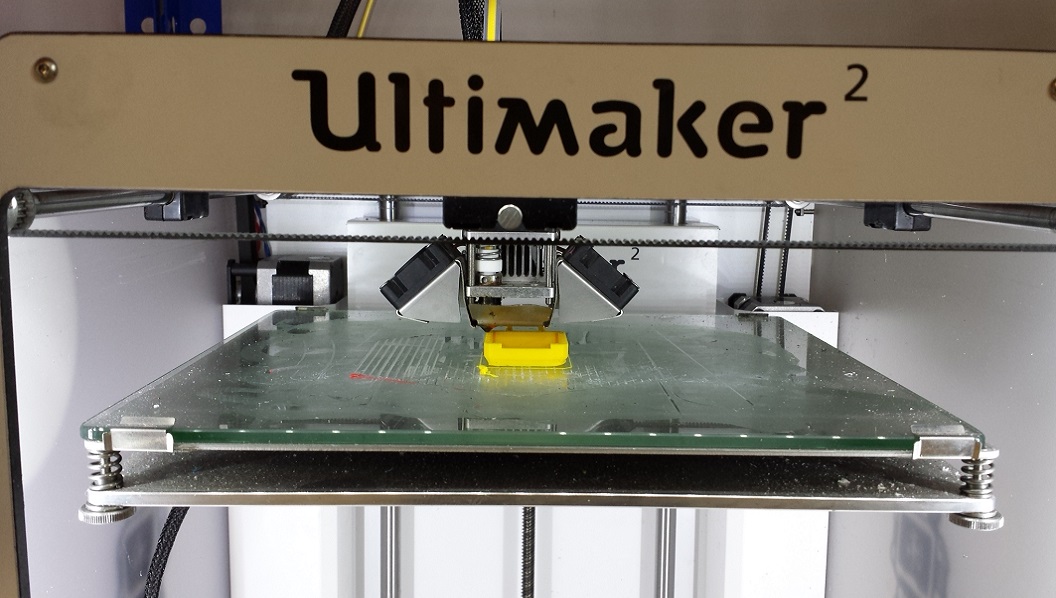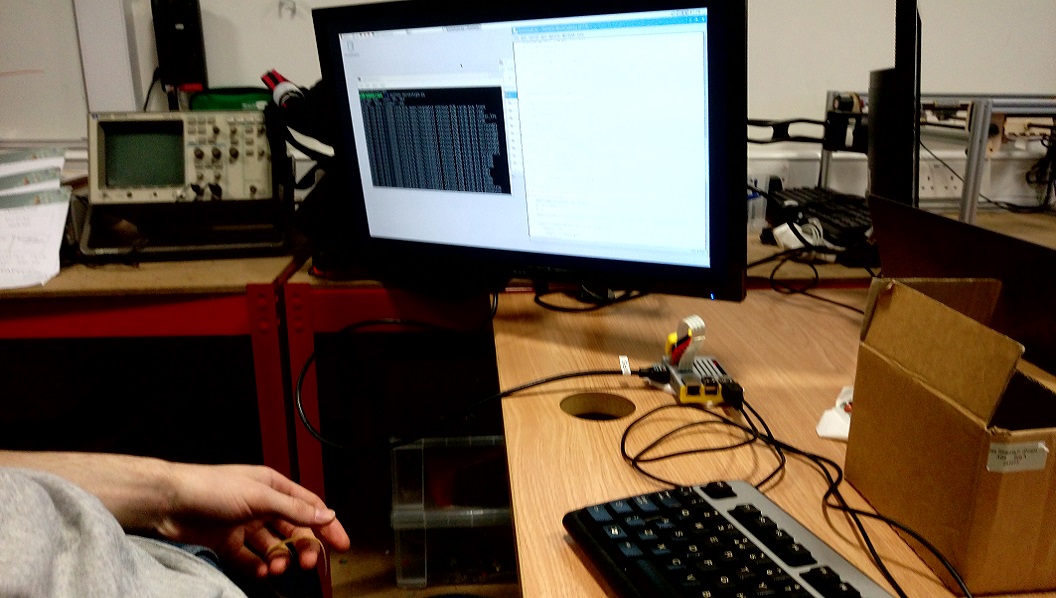The base
After careful cosideration, we decided to use Raspberry Pi as our prototyping tool. This decision was mostly influenced by the complexity of the Pi, allowing us to experiment with more complicated technologies as would be possible with smaller devices like Arduino.
Conveniently, Raspberry Pi also has a dedicated camera module, which has already all required drivers pre-installed on the Pi. This saved us a lot of time in protyping stage as we were able to literally plug the camera in, enable it and then start taking pictures.






